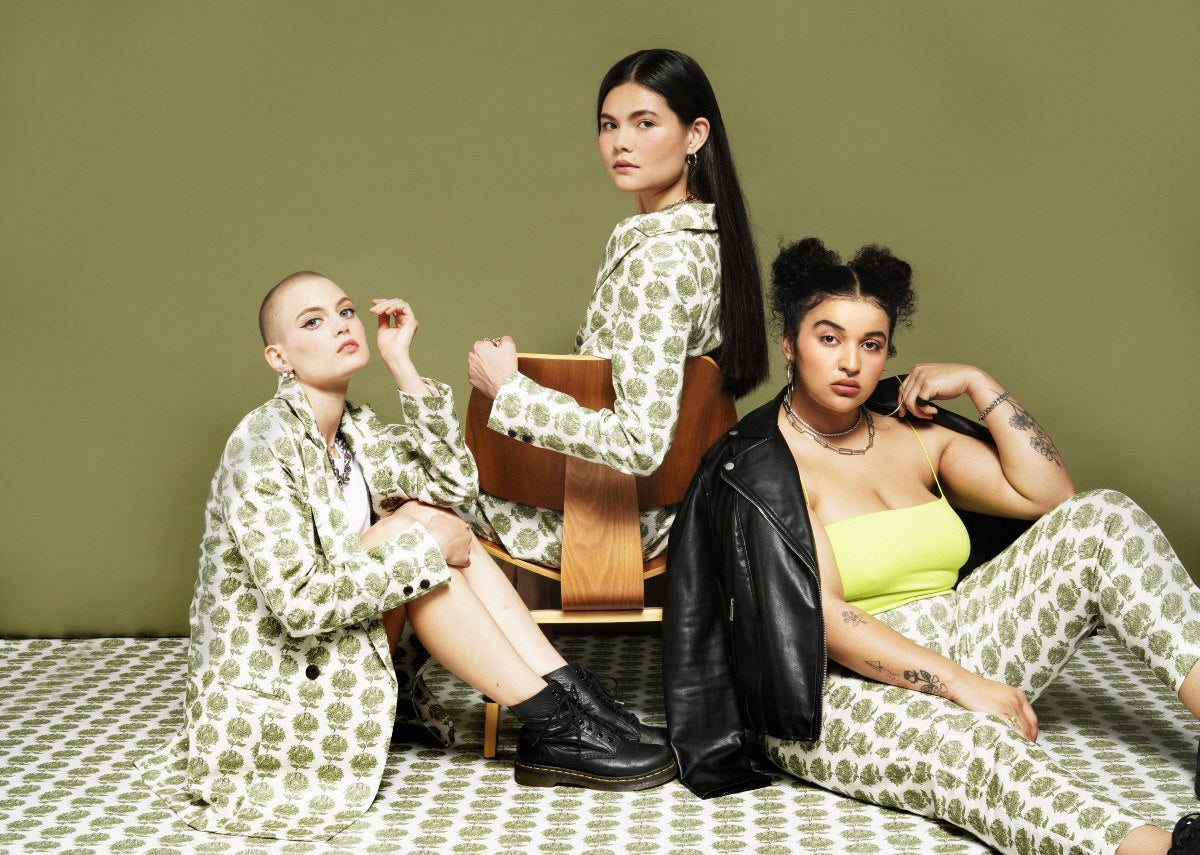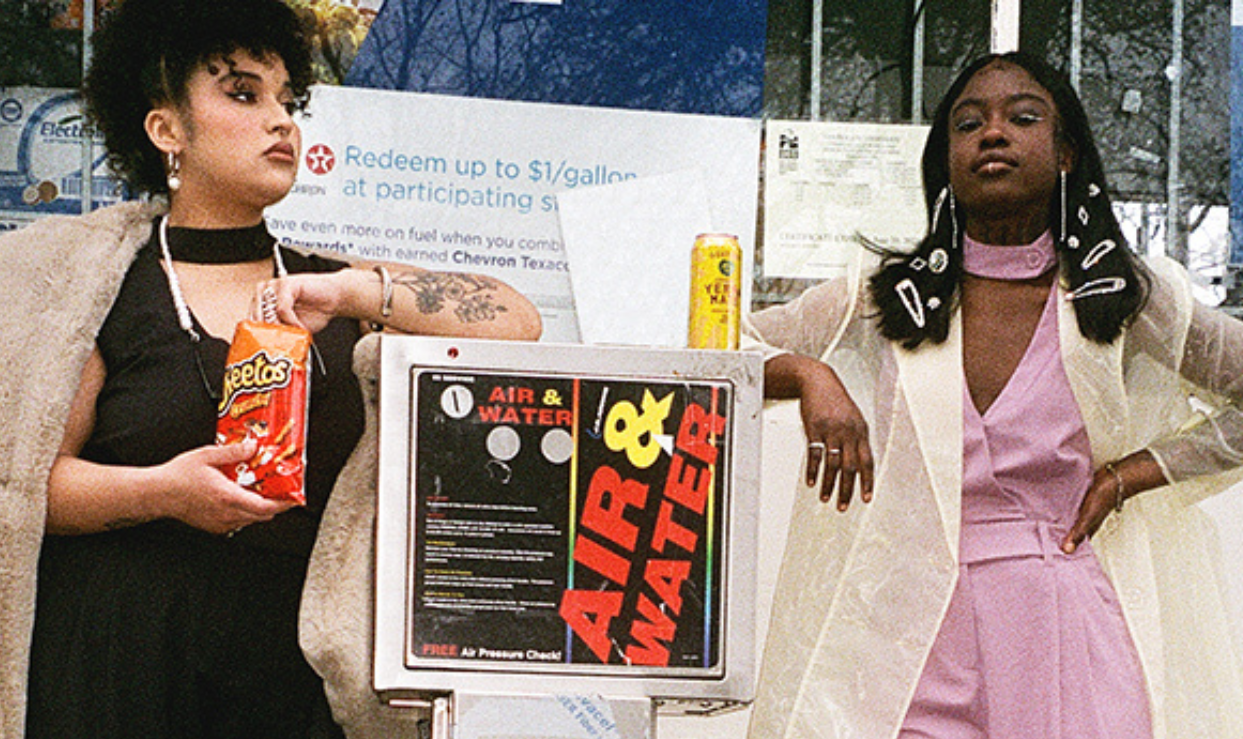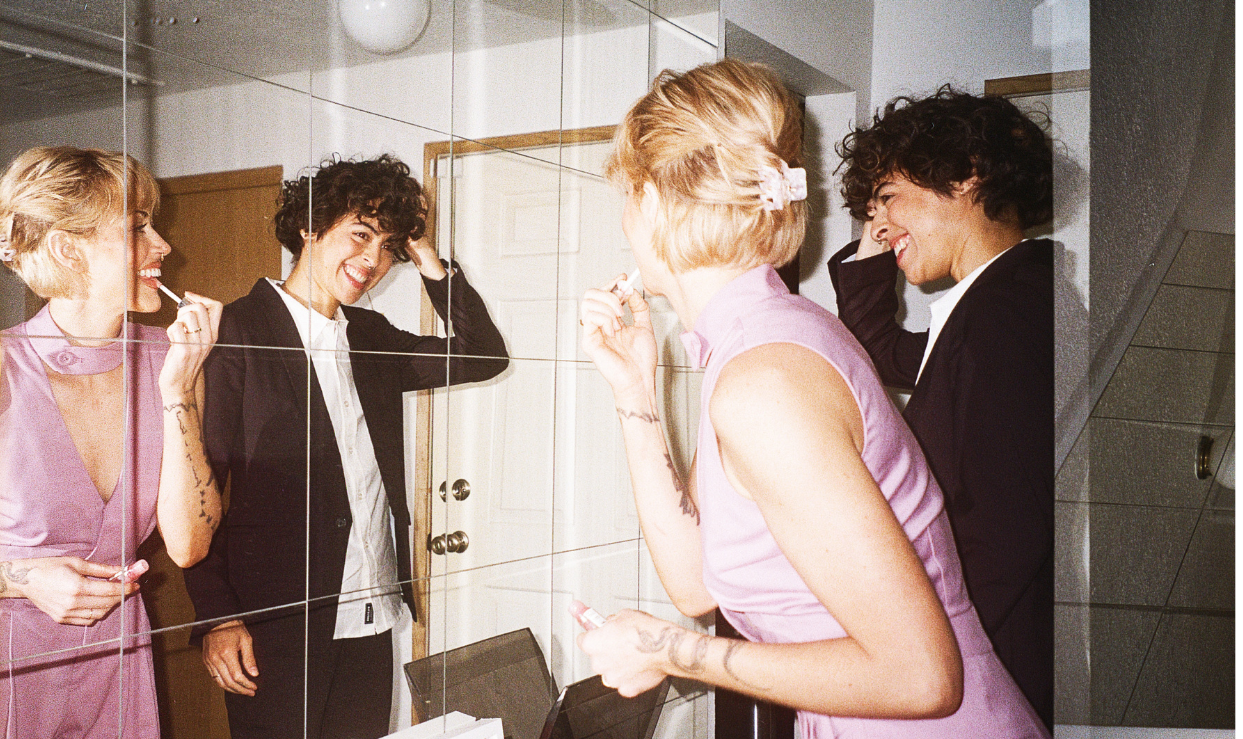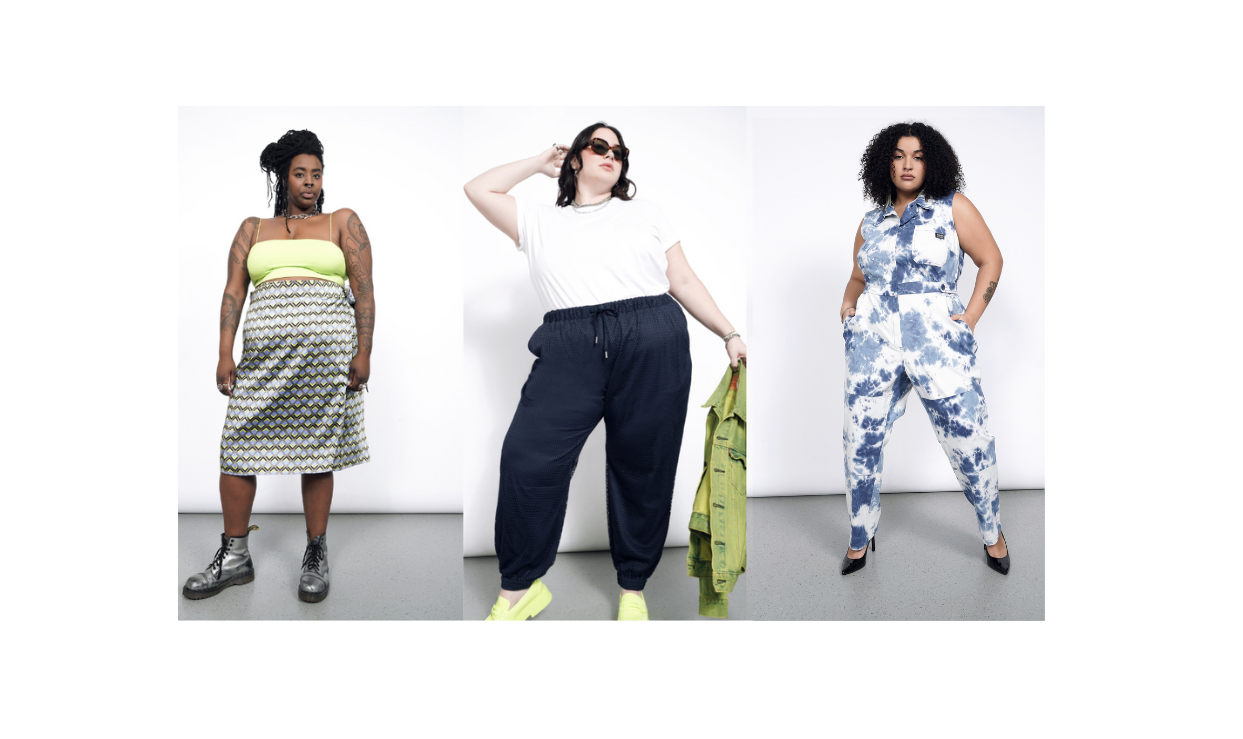The History of Blazers: Born to Be Reinvented
- by WILDFANG Editorial Team |
- January 11, 2023 |
- 5 min read
Anyone who’s ever rocked a blazer has experienced a taste of the power within that timeless silhouette. With clean, tailored lines and a dress-me-up-or-down vibe, the blazer is one of the ultimate baddies of your closet—capable of introducing an element of cool and elevating any outfit.
While you may feel a little wary about adopting the blazers of yesteryear (shoulder pads, anyone?), you might be surprised to learn the powerful stories behind this symbolic fashion staple.
Though the blazer’s origin story begins in “menswear,” this piece has shrugged its way onto the shoulders of anyone and everyone—and is acknowledged as a wardrobe essential today. Below, we’ll dive into a brief history of the blazer coat, its tie-ins to key cultural movements of the past hundred years, and some of our favorite blazer-centric moments.
Early 1800s: When Blazers First Set Sail
While the exact answer to the question, “When were blazers invented?” is murky, we can pinpoint the reason why: blazers were born for use in boats.
One story points to early nineteenth century rowers at the British universities of Cambridge and Oxford as the earliest wearers of the blazer, while another credits a fashion forward ship captain with the invention of the garment. Either way, the popularity of these jackets quickly spread beyond hull and harbor—and by the end of the 1800s, their universality had been established.
Late 1800s: Blazers Break Boundaries of Gender
Though it took some time for this trend to spread, blazers eventually made their transition from quasi-raincoat to fashion fad. It’s hard to say when, exactly, women began adopting this style in earnest, but one moment cements the blazer’s boundary-breaking powers: its debut inclusion in a 1893 issue of Vogue.
Often paired with skirts and dresses among women, this outfit was suitable for athletic activities like archery and horseback riding—and coincidentally or not, the opportunity to participate in these activities was beginning to expand beyond gender barriers around the same time.
1910s: The Suffragette Suit Strides Forward
As the century turned, so too did the customs of the era. Edwardian ideals of convention and conservatism buckled as new attitudes about the role of women in society morphed. Suffragettes campaigning for the right to vote quickly realized they could harness fashion to present an organized front, and the “Suffragette Suit” was born.
This outfit generally consisted of a combination of the following:
- Long skirts or dresses
- Double breasted jackets
- Sashes
1920s: Blazer Style and Self Expression in the Roaring Twenties
As the first World War got underway, more women entered the workforce. They needed comfortable, practical clothing that reflected their increased responsibilities outside of the home, and the blazer made a smart fit. But after the war ended, women continued exploring ways to express themselves in the Roaring Twenties—a time of both cultural upheaval and expanded social freedoms.
For men, the blazer jacket continued to evolve with suiting trends, with checkered and striped patterns making their way to the forefront. Meanwhile, women continued to push the bounds of expression. Some paired different types of blazers with the slightly more masc silhouettes of flapper dresses, while others at the fashion movement’s forefront, like actress Marlene Dietrich, daringly donned full tuxedo looks.
1940s: The Pachucas and the Zoot Suit
One of the most powerful symbols of class solidarity, antiracism, and pacifism, the zoot suit has sparked plenty of outrage over the years—as well as interest in its wearers’ causes. One of its defining moments came in the early-mid century, when Latinx youths in Los Angeles adopted the look to assert racial identity and pride.
Women of Latinx origin, in particular, disrupted gender roles by donning the broad-shouldered, masc jackets and setting off widespread debates about gender, sexuality, and race.
1960s: Modern Style Defines the Postwar Era
The mid-century era featured some truly iconic fashion movements as the swinging sixties kicked into gear and folks everywhere embraced self-expression. With revolution in the newspapers and on the radio, women in particular felt emboldened to try styles influenced by mod, beatnik, and hippie aesthetics. A few pieces to come out of this era included:
- Shift dresses
- Mini skirts
- Go-go boots
The blazer also got a makeover as bold bright colors and prints, oversized buttons, and form-fitting fashions came into style. More femme iterations like those worn by Jackie Kennedy and Audrey Hepburn brought us the sharp cuts of skirt suits, a defining style of the sixties.
1966: Yves Saint-Laurent’s Le Smoking Jacket Creates a Cultural Moment
Perhaps the most famous jacket ever created, Yves Saint-Laurent’s Le Smoking jacket—one of the first of its kind designed specifically for women—made a splash in 1966 with its gender-bending tailoring and je ne sais quoi elegance. Its unique blend of masc style and femme chicness made the piece a hit, and it’s still regularly featured in Yves Saint-Laurent collections today.
1980s: The Power Suit Era Arrives
By the 1980s, another wave of cultural shifts surrounding gender roles was well underway, with people such as Gloria Steinem and Betty Friedan leading the way toward equality. And in this decade, fashion indicated power.
The blazers of the 80s brought masc silhouettes and burly shoulders, often paired with similarly sharp tailored trousers. The combo gave women a masc edge in decidedly traditional spheres such as the office—or the halls of power. Brits from Margaret Thatcher to Princess Diana made the blazer jacket synonymous with politics in this era.
The Blazer Today
The story doesn’t end there. You can look at celebrity outfits to draw inspiration on how to style a blazer. Regularly spotted on the shoulders of everyone from Harry Styles to Hailey Bieber to Dua Lipa, the blazer still occupies its place of stylistic pride today. We particularly love Måneskin’s 2022 AMA look that shows an edgier side of the blazer.
Still, there’s plenty of room for reinvention in the fashion world—and there’s still a lot of ground for retailers to cover. After all, are real pockets really that revolutionary? Need retrograde gender norms still show up on our sleeves?
At WILDFANG, we’re continuously pushing the limits of what the blazer can be—paying tribute to its storied history while leaving the boundaries of gender expression on the cutting room floor. Check out our blazer collection for styles to help you learn how to wear a blazer and define your own fashion evolution today.
Sources:
Country & Town House. The Very British History of the Blazer.
https://www.countryandtownhouse.com/style/british-history-blazers/
Vogue India. Everything you need to know about the blazer.
https://www.vogue.in/fashion/content/history-of-blazer-vogue-encyclopaedia
The Sport Journal. A History of Women in Sport Prior to Title IX.
https://thesportjournal.org/article/a-history-of-women-in-sport-prior-to-title-ix/
Stylist. How the suffragettes used fashion to further their cause.
https://www.stylist.co.uk/fashion/suffragette-movement-fashion-clothes-what-did-the-suffragettes-wear/188043
States of Incarceration. La Pachuca: Women in Suits.
https://statesofincarceration.org/story/la-pachuca-women-zoot-suits
L’officiel. The Smoking Jacket Continues to Challenge Gendered Styles. https://www.lofficielusa.com/fashion/le-smoking-jacket-yves-saint-laurent-alessandro-michele
Insider. 10 vintage outfits from the 1920s that we'd wear today.
https://www.insider.com/vintage-outfits-1920s-still-trendy-today-2020#this-dress-looks-exactly-like-something-kendall-jenner-would-wear-5



